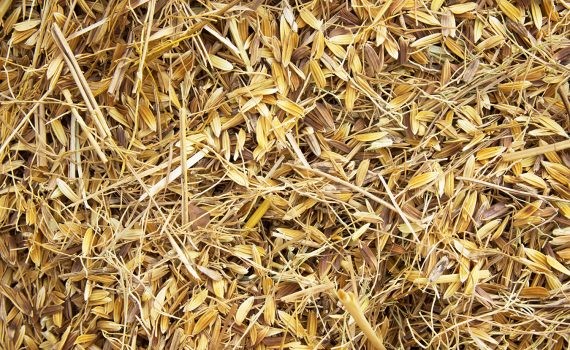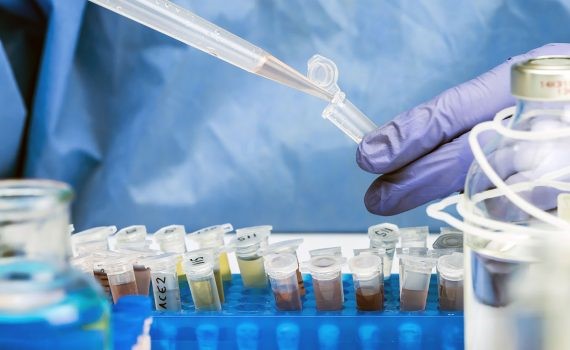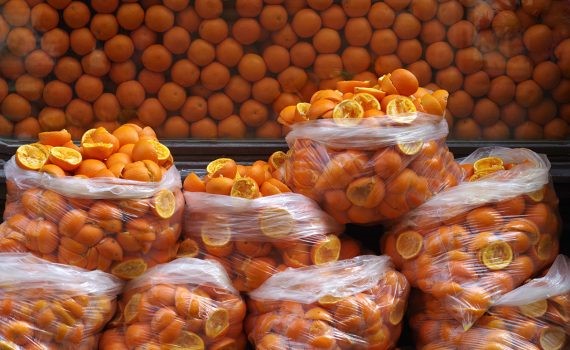Rice husks and stalks are turned into slices
In the developed proposal, they used the shell and the stem to create sheets that can be used to make furniture, replacing the wood. According to the student Lina María Gil Rodríguez, from the Agronomic Engineering course at the National University of Colombia (UNAL), “with this product – made from waste – we want to reduce the cutting of trees to generate this type of material, and ideally, so we can replace the wood, ”he said.

1,976,520 tons of rice waste were produced in the country in the second half of last year. The remains are generally cremated or used as a subsidy. However, as a fertilizer, it is polluting because it releases methane during decomposition and can cause respiratory diseases such as asthma and allergies.
The proposal is to develop with these remains a type of agglomerate that can be used in a sustainable way both as thermal insulation, furniture, products for agriculture and other sectors of the primary economy.
The student team has developed the idea based on local demand, which would like to make better use of the remains of the rice produced. In conclusion, despite the solutions that require the installation of adequate machines, and possibly high cost, alternatives can be sought that offer benefits for both rice producers and the environment.
FUNIBER promotes the Master’s Degree in Environmental Engineering and Technology, which technically addresses different environmental problems, with the study of solutions and good practices, taking into account economic and social factors.









